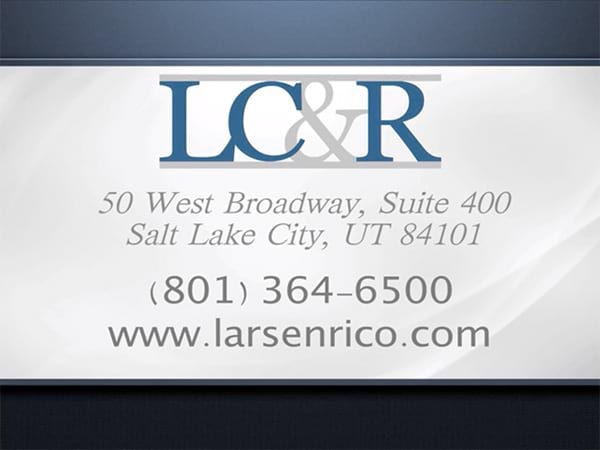Right of Direct Action between Members of Closely-Held LLCs
Understanding the difference between a direct as opposed to a derivative cause of action is critical in litigation between members of a closely-held limited liability company. The procedural process is not substantive. The important difference is whether the aggrieved member or the LLC recovers the damages. If you have three members in an LLC, each owning one-third of the LLC and receiving one-third of the distributions, and one of the members in control of the LLC embezzles money from the LLC, the direct v. derivative issue becomes critical. Under a direct action, one of the innocent members, a victim of the embezzlement, could sue the embezzler for one-third of the amount embezzled and recover a judgment directly against the embezzler. Under a derivative action brought on behalf of the LLC, the LLC would recover 100% of the embezzlement. If the embezzler controls the LLC, giving the money back to the LLC creates a circuitous circulation of the embezzled funds. The victim would have to wait for a distribution, if he could obtain one, before receiving any proceeds from the lawsuit. Naturally, a court would be sympathetic with a request to remove the embezzler from any control over the LLC, but that is a length, expensive process. A direct action bypasses that convoluted approach.
A direct cause of action is where a member sues another member, or the manager of the LLC, claiming damage to the plaintiff-member’s interest in the LLC. Direct actions are available only where there are a small number of shareholders or members. In a derivative action, under Utah R. Civ. P. 23A, or Fed. R. Civ. P. 23.1, the lawsuit is brought in the name of and on behalf of the LLC, seeking damages inflicted upon the LLC. Where there are only a small number of members of an LLC, the Courts in Utah have allowed direct actions. Banyan Investment Co., LLC v. Evans, 292 P.3d 698 (Utah Ct. App. 2012). The Court in Banyan simply extended the policy allowing direct actions between shareholders of closely held corporations. Aurora Credit Services, Inc. v. Liberty West Development, Inc., 970 P.2d 1273 (Utah 1998).
Importantly, in Banyan, the Court applied the closely-held corporation exception to LLCs. The aggrieved member in Banyan was not required to prove that the injury he suffered was distinct from the injury suffered by the LLC. “To impose this requirement here would be to effectively do away with the closely-held corporation exception because proof of an injury to a shareholder distinct from the injury to the corporation gives rise to a direct cause of action, . . . and makes invocation of the exception unnecessary.” Banyan, 292 P.3d at 703-04.
The 2014 Utah Revised Uniform Limited Liability Company Act, Utah Code Ann. § 48-3a-101, et seq., (the “2014 LLC Act”) addresses the ability of one member to bring a direct cause of action against another member or against a manager or the LLC itself:
(1) subject to subsection (2), a member may maintain a direct action against another member, a manager, or the [LLC] to enforce the member’s rights and otherwise protect the member’s interests, including rights and interests under the operating agreement or this chapter or arising independently of the membership relationship.
(2) A member maintaining a direct action under this section must plead and prove an actual or threatened injury that is not solely the result of an injury suffered or threatened to be suffered by the [LLC].
Utah Code Ann. § 48-3a-801. By the way, Section 48-3a-112(3)(k) of the 2014 LLC Act states as “non-waivable”: “An operating agreement may not . . . unreasonably restrict the right of a member to maintain an action under Part 8, Action by Members,” which is quoted above.
The Prior LLC Act has no similar provision, but subsection (2) in the preceding quote essentially abrogates Banyan. Subsection (2) is precisely the opposite of the holding in Banyan, where the Court concluded that a requirement of such proof would effective do away with the closely-held entity exception to the derivative rule. As a result, although the 2014 LLC Act on first glance would appear to embrace the concept of a direct member action, on careful reading it eliminates all but the most mundane of claims, such as breach of an employment agreement. It abrogates over a dozen years of the development of the concept of a direct action in closely-held entity litigation.
If you oppose embezzlement and inappropriate self-dealing transactions, you will hate this provision of the 2014 Utah LLC Act.
© 2014 Mark A. Larsen


